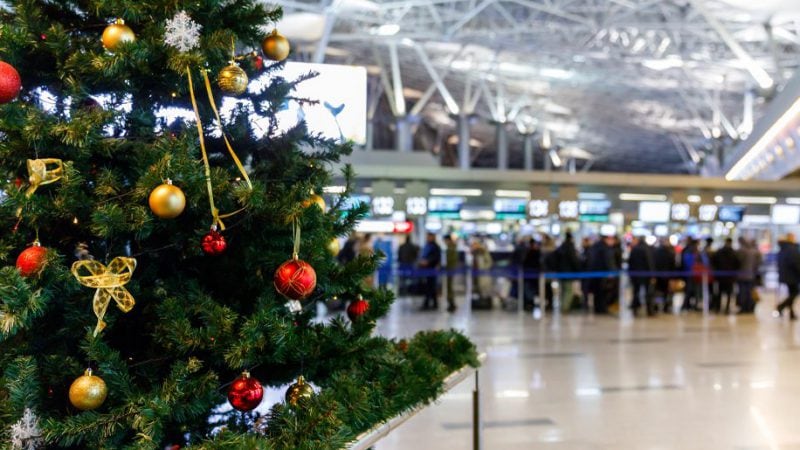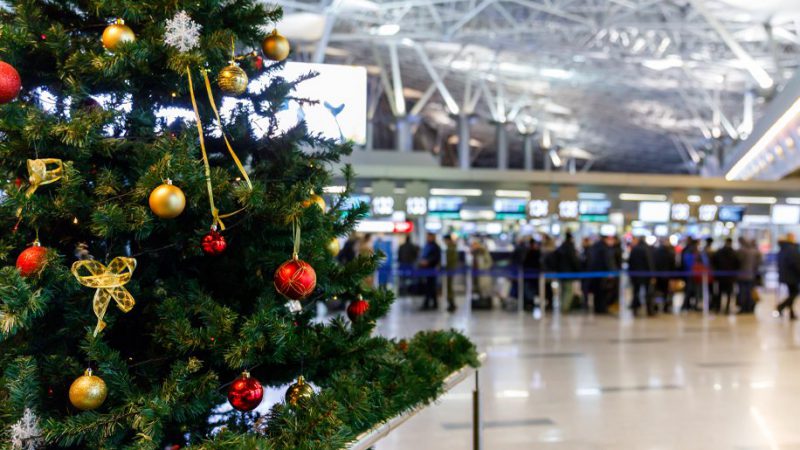Holiday Travel Sets Pandemic Record
TSA data shows US airports averaged a million passengers or more around the twelve days of Christmas
December 30, 2020

The Transportation Security Administration has posted data on the numbers of US passengers screened during the Christmas holidays, and despite dire warnings of travel likely causing a spike in coronavirus cases, airports saw over a million passengers a day for most of the period.
The Centers for Disease Control and Prevention had urged Americans to forego travels plans during the holidays, advising them to stay home to help contain the spread of COVID-19. However many travelers appear to have ignored the pleas of health officials, as they set records for the numbers of passengers in airports.
On Dec. 18, the Friday before Christmas, the agency reported screening just over 1 million passengers, a number that held fairly steady for each of the following days, except for Dec. 24 and 25.
The Sunday after Christmas, Dec. 27, saw 1,284,599 passenger screenings, the highest one-day total since the start of the pandemic, according to data from the TSA.
The surge in US domestic travel comes as the CDC has set new requirements for all passengers arriving from the United Kingdom to the US to present proof of a negative COVID-19 test or antigen test taken within 72 hours prior to departure.
The new CDC requirements come in response to the emergence of a variant of SARS-CoV-2 – the virus which causes COVID-19 – that health officials say could be as much as 70 percent more transmissible than earlier variants.
• The CDC has some advice for individuals who have decided to travel anyway:
• Consider getting tested with a viral test 1-3 days before your trip.
• Consider getting tested with a viral test 3-5 days after your trip.
• Reduce non-essential activities for a full 7 days after travel, even if your test is negative.
• If you don’t get tested, consider reducing non-essential activities for 10 days after travel.
• For 14 days after you return, practice social distancing and wear a mask, even when you’re at home around members of your household who did not travel with you. Ask them to mask-up too. Continue to wash hands frequently and avoid people who are at increased risk of severe illness.




